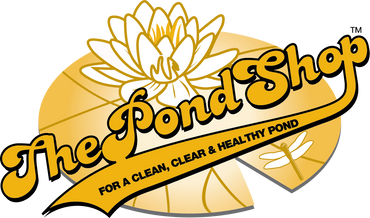Water Hyacinth

Sometimes referred to as the “weed from hell”, water hyacinth is a free-floating plant with an explosive growth rate. At its worst, it can form impenetrable mats, boost mosquito numbers, and deplete the water of dissolved oxygen effectively suffocation fish. It also hampers recreational activities and clogs up drainage canals and streams. Water hyacinths have ovate leaves, 4-8 inches in diameter. The leaves stalks are spongy with bulbous inflated bases. The water hyacinth produces thick flowering stalks up to 20 inches long. Its bluish flowers are showy with 8-15 flowers on a single plant, each plant can produce up to 3000 seeds.
Prevention
The water hyacinth inhabits slow moving waters, reproduces primarily from fragments (stolons) from the parent plant and from seeds. Under high nutrient water levels, the growth of water hyacinth is dramatic; population doubles in as little as two weeks. Regularly check water bodies for suspect plants in areas close to human activity, such as: boat ramps, waterways, close to residential areas, and near bridges. A key time is during the spring and summer months when growth is optimal. Make sure all plants and mud are removed and flushed from boats, trailers and shoes before moving to a new water body. Water hyacinth should be controlled as soon as it is identified to avoid costly infestations. Treatment should start before it flowers and sets seed. Monitor and follow-up to avoid future reestablishment.
Biological Control
Beneficial bacterial products and enzymes such as PZ900 feed on nutrients in the water making them unavailable for plant growth. Reducing nutrients can help prevent invasion.
Physical/Mechanical Control
Mechanical removal is extremely laborious; however, it is necessary to control water hyacinth infestations. Cutting and harvesting must be done on a regular basis to reduce the seed bank over time. Plant material must be removed from the water body after cutting using an Aquatic Weed Eradicator (A.W.E.). Physical removal in conjunction with chemical control will maximize success.
Chemical Control
When used carefully according to the label instruction, aquatic herbicides can be safe and effective management tools.
Reward-Tribune is a fast-acting contact herbicide, highly effective in killing any part of the plant that comes into contact with.
Weedtrine D is a contact, non-volatile herbicide for use in controlling submersed and floating aquatics weeds. Weedtrine-D has rapid absorption and herbicide action.
Cygnet Plus is a nonionic wetting agent, sticker, activator and penetrant all in one. Cygnet Plus increases the effectiveness of herbicides uptake into the plant tissue.